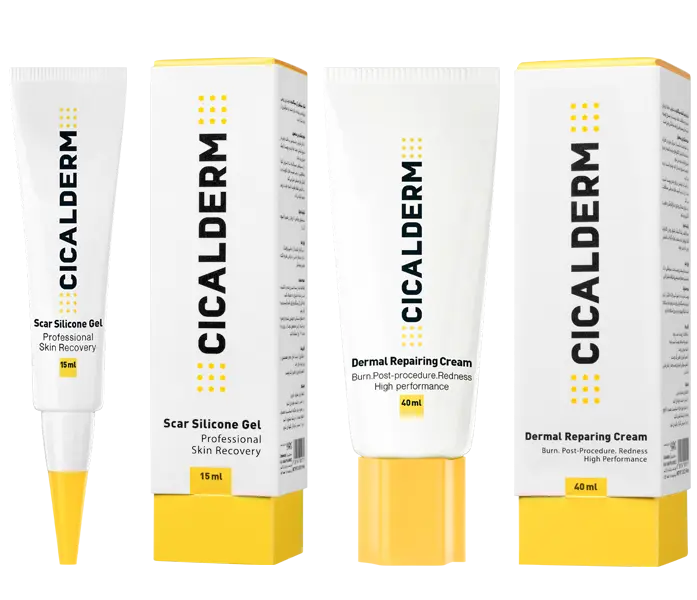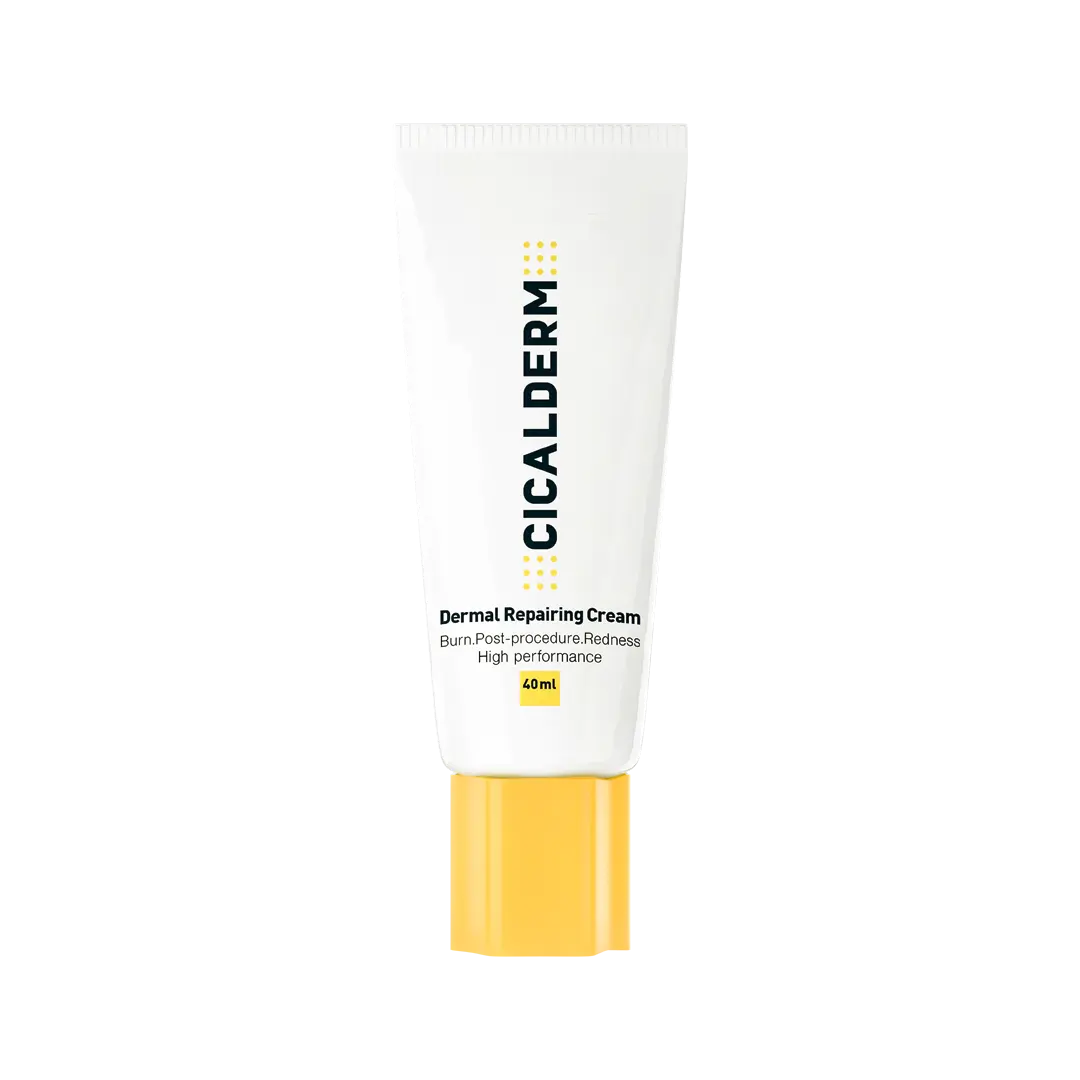Get to know the types of scars.
Scars and different types of wounds
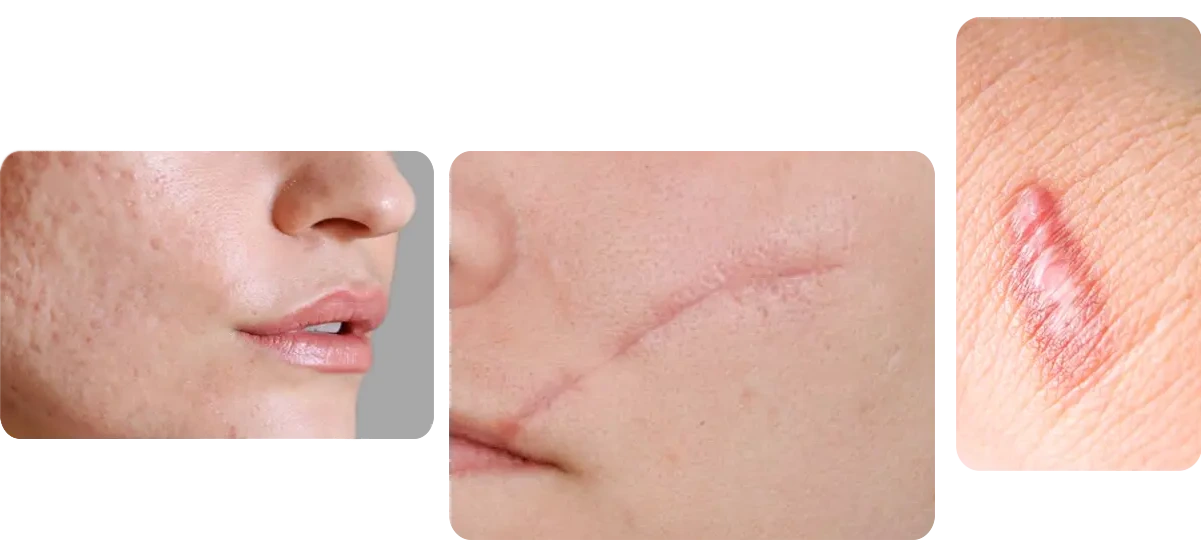
What types of scars do you have?
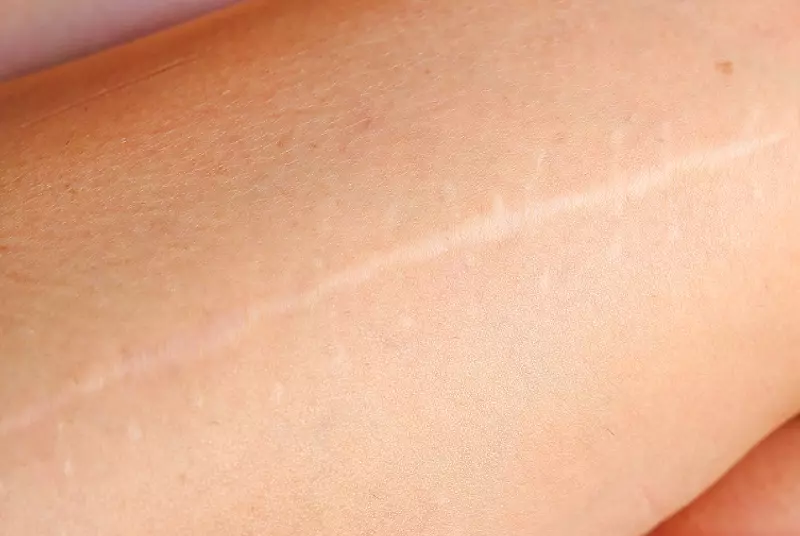
Mature
This type of scar is light-colored and flat.
Immature
These scars appear red, are sometimes itchy and painful, and slightly elevated. Many will mature to become flat and assume pigmentation similar to the surrounding skin. They can be more pale or slightly darker.
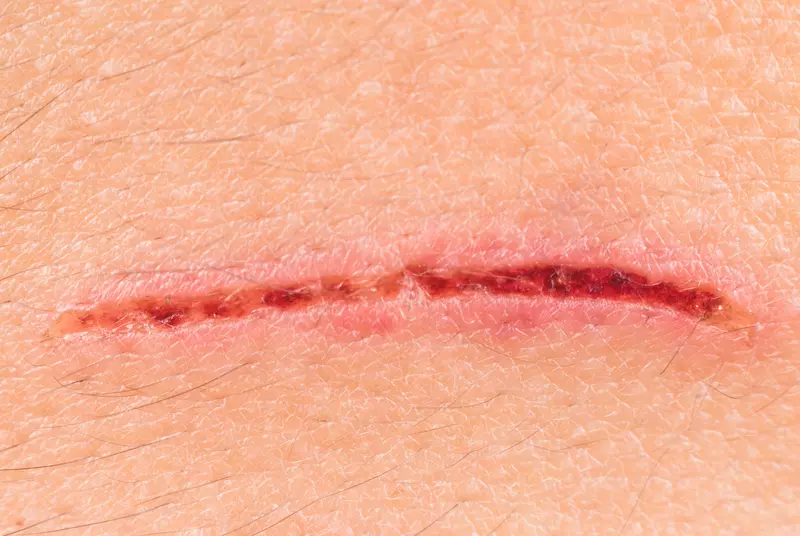
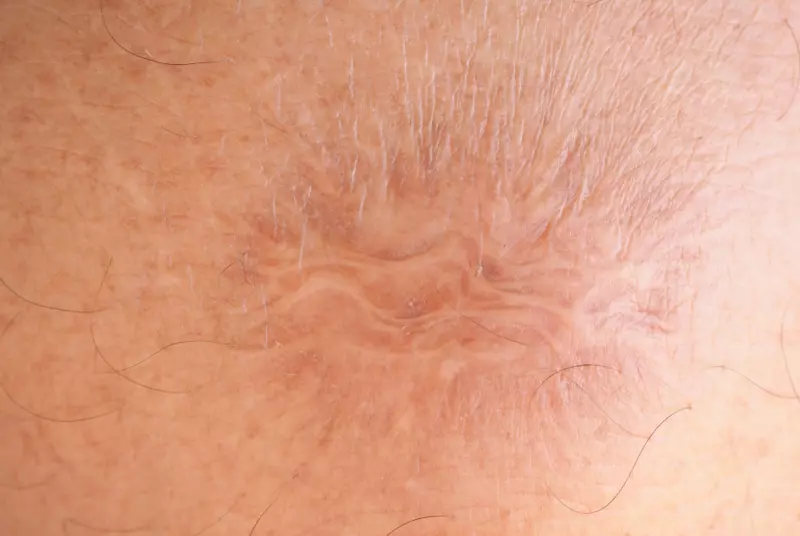
Contractures
Widespread Stretched
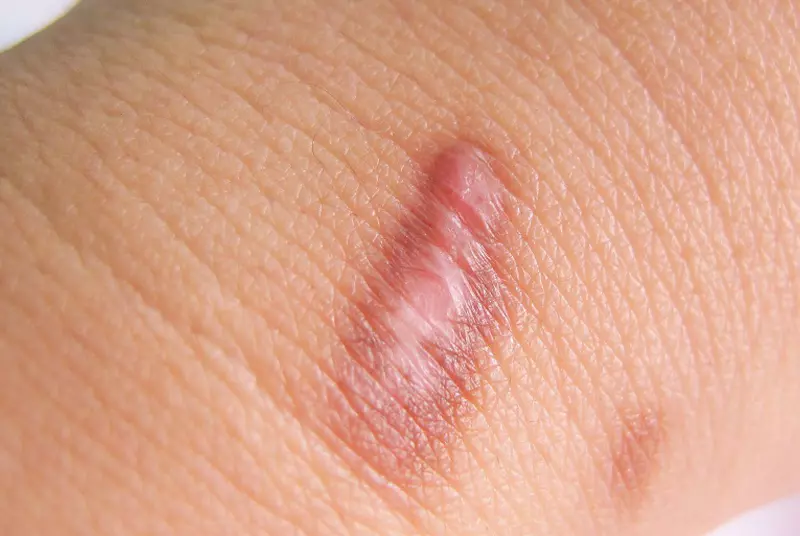
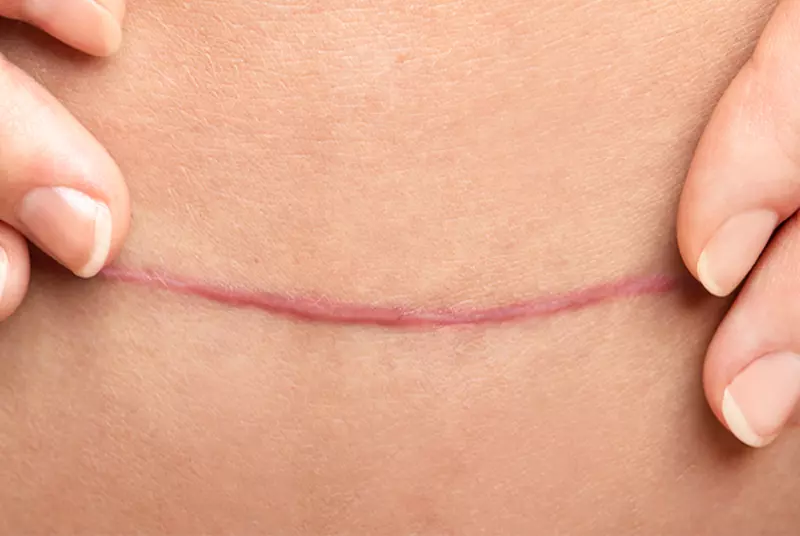
Linear Hypertrophic
Widespread Hypertrophic
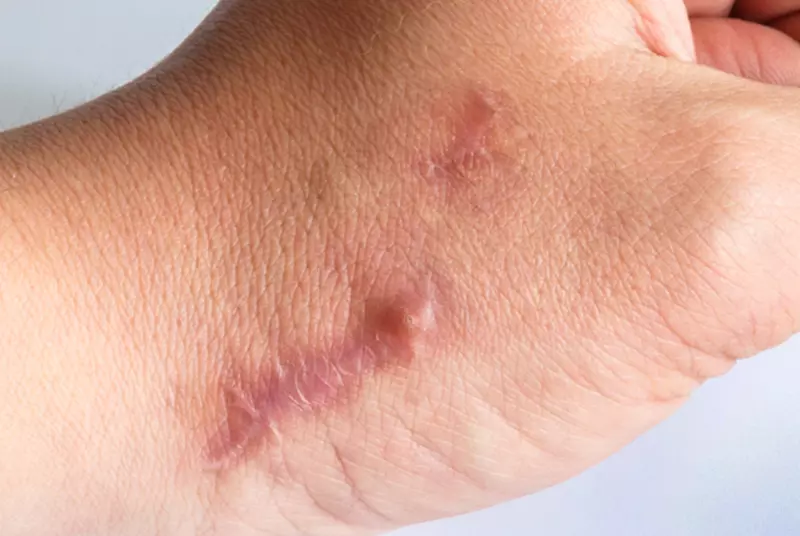
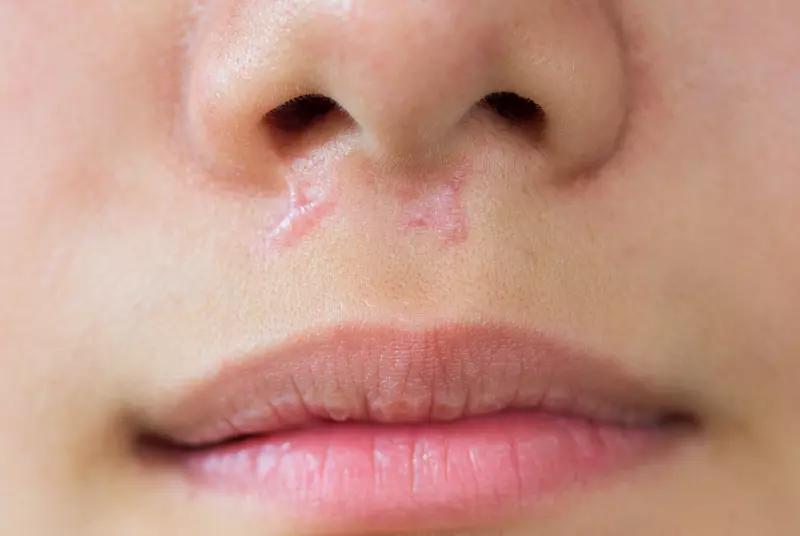
Minor Keloid
A focally raised, itchy scar that extends over normal tissue. May develop up to several years after injury and does not regress without treatment. Surgical excision is often followed by recurrence.
Major Keloid
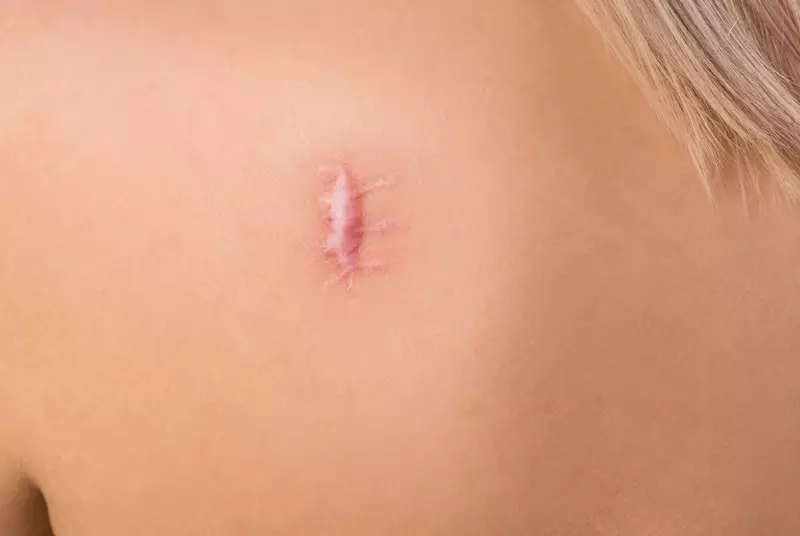
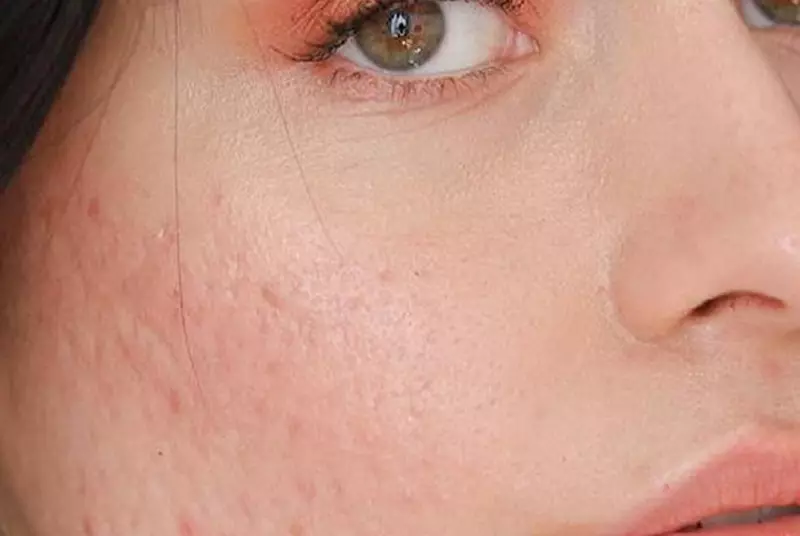
Atrophic
Skin Rashes
Skin sensitivity is caused by various reasons, including contact with some metals, chemicals, some poisonous plants (contact dermatitis) or consumption of some medicines and food. Common symptoms of skin rash include: redness and inflammation, skin itching and burning, and in more severe cases, hives.
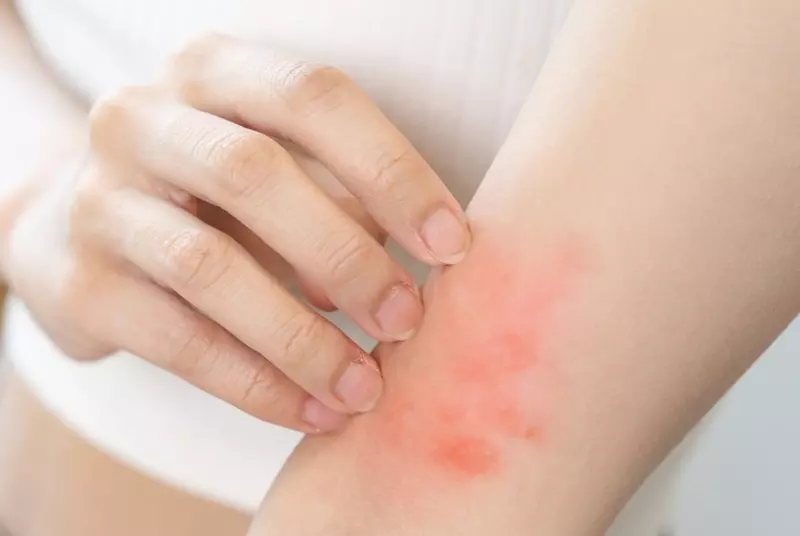
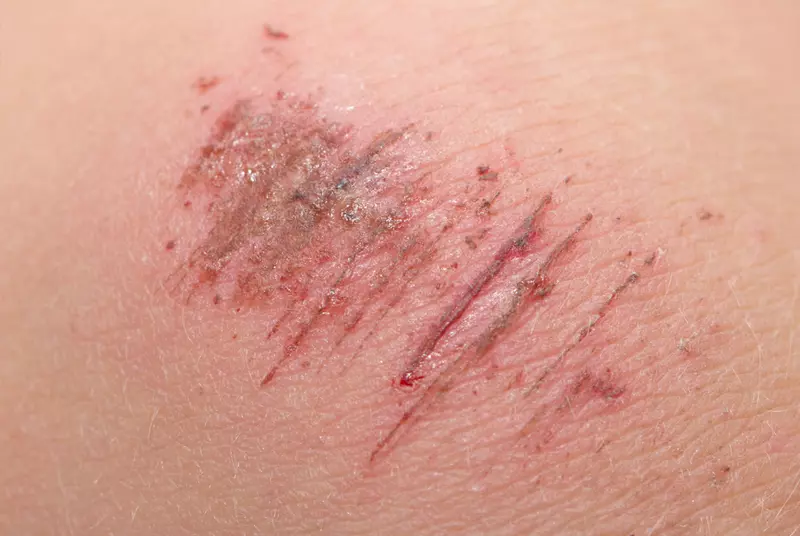
Scratches
When the surface of the skin is scratched due to friction with the ground or any other object, pain, inflammation, burning, swelling and sometimes bleeding occur, and that area of the skin becomes very sensitive to touch.
Mild Burn
First and second degree burns that show themselves as inflammation, swelling and redness of the skin along with a burning and tingling sensation, and in more severe cases, blisters, and their recovery can take from one to three weeks.
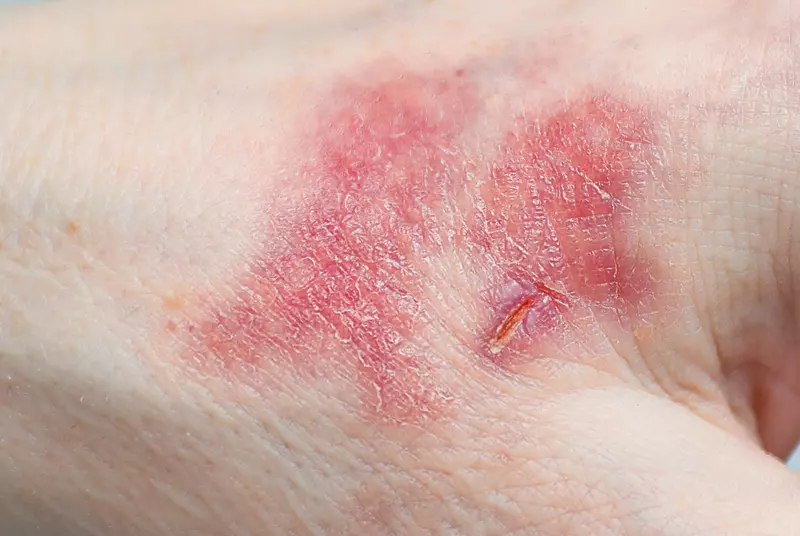
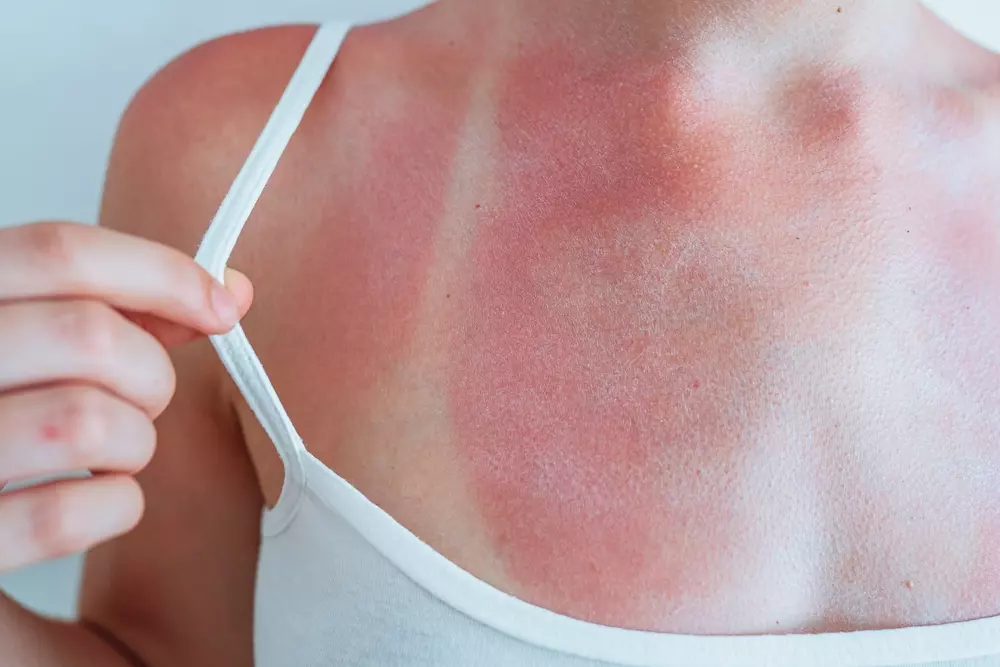
Sun Burn
Long-term contact of harmful rays of sunlight (especially UVB) with unprotected skin causes irritation and sunburn in the epidermis layer, which in severe cases, sometimes leads to the appearance of small blisters or spots and darkening of the skin after the inflammation subsides.
Diaper Rash
Diaper rash occurs as a result of delayed changing of the baby's diaper and excessive rubbing of the wet diaper with the skin, and it manifests itself in the form of red, swollen areas with small pimples in the buttock or groin area.
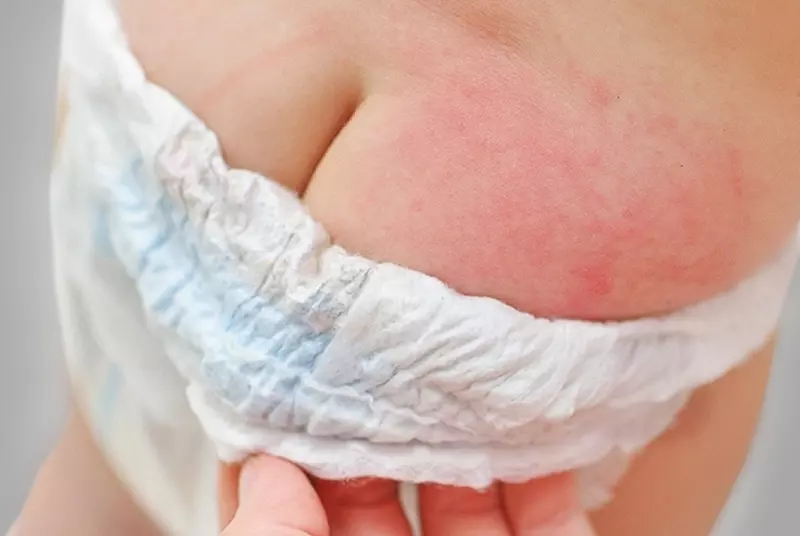
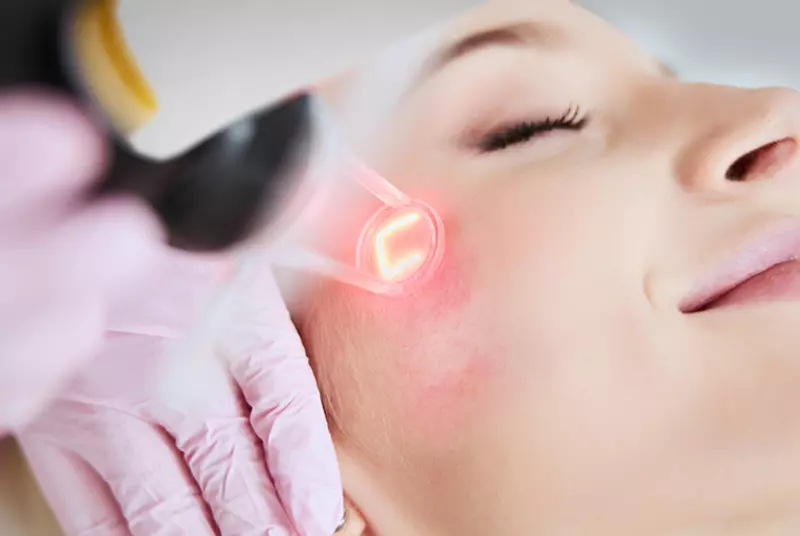
Laser Therapy
Skin irritation after laser therapy, show itself with swelling, inflammation and color change in the first hours. In addition, the laser stimulation makes you continuously feel heat in your skin.
Treatment of all types of scars with Cicalderm products
Wound healing and scar treatment products

